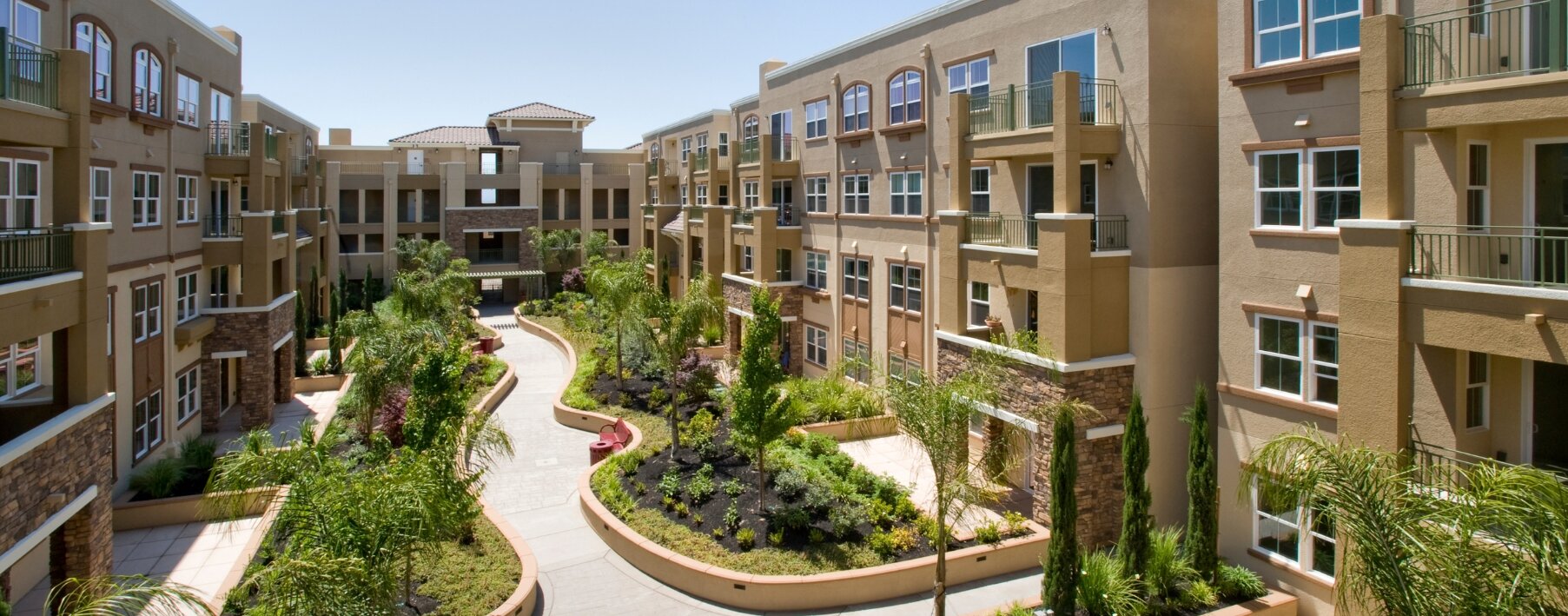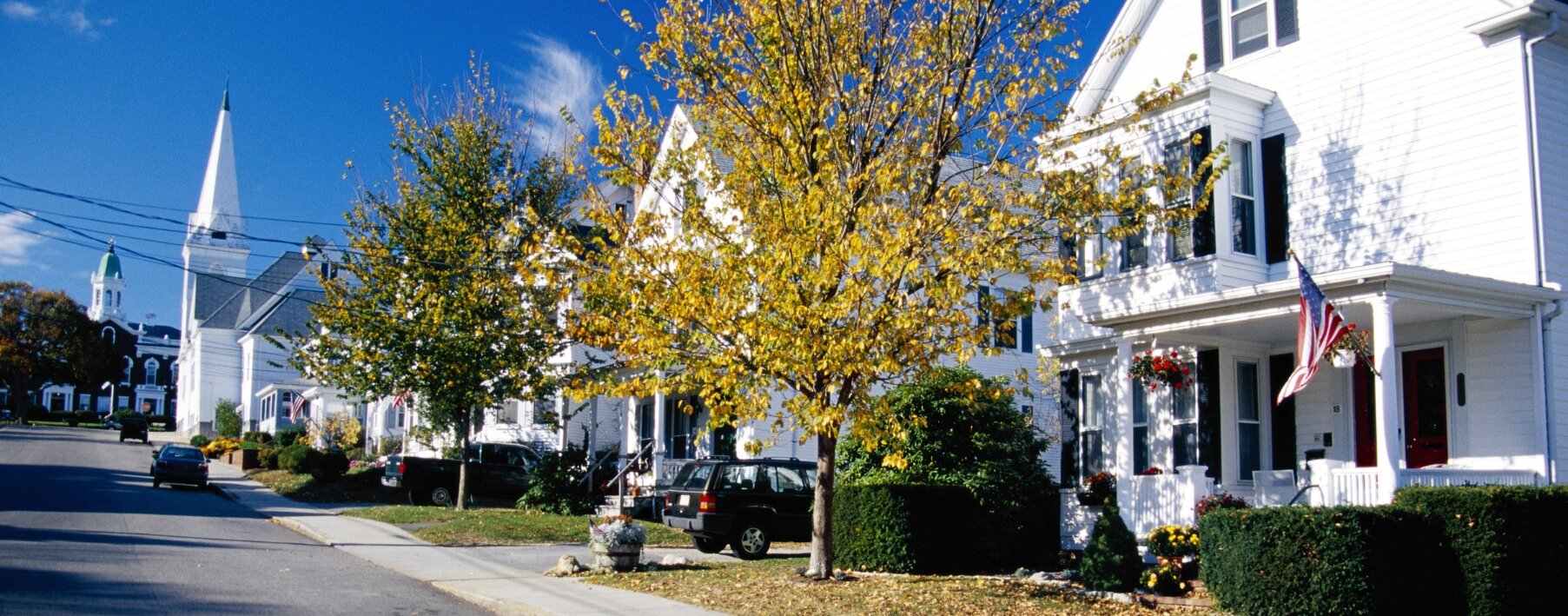8 types of homeowners insurance you need to know

When shopping for new coverage for your property, you’ll quickly find that there are many different types of homeowners insurance policies available. Each policy is different, and the right one for you depends on a variety of factors including, but not limited to, your personal coverage needs, whether you live in the property full-time, and even the style of home you have.
The eight more common homeowners insurance policy types available are HO-1, HO-2, HO-3, HO-4, HO-5, HO-6, HO-7, and HO-8. While some of these are intended for owners living in single-family homes, others are designed for those living in a condo or mobile home, those renting a home, or those who own an older or historically significant home.
Read on to learn more about these eight different homeowners insurance coverage types, which damages each one protects against, and how to choose the best type of property insurance and coverage terms for you.
Key takeaways
-
Generally speaking, there are eight different types of homeowners insurance policies to choose from, depending on your coverage needs and property type.
-
Homeowners insurance coverage can include a combination of dwelling protection, personal belongings coverage, and personal liability.
-
Some homeowners insurance policies only offer coverage against named perils (risks), while others cover anything not explicitly excluded in the policy.
Are all homeowners insurance policies the same?
While every homeowners insurance policy serves the same basic purpose — to protect your home and belongings from loss, and provide you with personal liability coverage — the actual policies themselves are very different. It’s important to understand the nuances between each of these home insurance coverages so you can purchase the one that best meets your unique needs.
When shopping around for new coverage, you’ll want to consider factors such as:
-
The type of home you have
-
Whether you live on the property
-
The items you want protected
This will help you narrow down the types of house insurance that may be right for you and even help you choose your coverage limits.
Basic homeowners insurance: HO-1 policy
Basic form (HO-1) coverage only offers dwelling protection. This type of home insurance covers the structure of your home — as well as any other eligible structures, such as a garage, fence, deck, and the like — against damage or loss from a covered peril. But while the actual building is covered with an HO-1 insurance policy, your personal belongings are left unprotected, and you aren’t given any liability coverage.
Basic form policies offer named peril coverage, meaning your home is only protected against loss or damage from explicitly named disasters. While the actual perils may vary from one insurer to the next, this usually includes damage from an aircraft or vehicle, explosion, fire, hail, lightning, riots or civil commotion, smoke, theft, vandalism, volcanic activity and wind.
This basic policy has become less common in recent years, as most mortgage lenders don’t consider them to provide sufficient coverage. It’s also important to note that because this policy doesn’t include any liability protection, there is added personal risk if someone is injured on the property.
Broad form homeowners insurance: HO-2 policy
An HO-2 insurance policy is also known as broad form homeowners coverage. It extends beyond basic form (HO-1) coverage to not only protect your home’s structure but also your personal property and includes liability coverage.
HO-2 coverage is a named peril coverage. While the specifics will depend on the actual insurance company, broad form policies may include perils like artificial electrical current, cracking or other damage to pipes, falling objects, freezing, water or steam overflow and weight of snow or ice.
Special home insurance: HO-3 policy
The most common type of house insurance is called special form coverage, or HO-3 insurance. This comprehensive coverage offers protection for your dwelling and personal belongings, and liability coverage for you and your family members against any covered loss.
Special form homeowners insurance follows an open peril policy for dwelling protection, which means that the structure of your home is covered against any perils not specifically named in your policy as exclusions. At the same time, your personal belongings are protected under named peril coverage, so eligible losses only include those caused by a named risk.
There are many common exclusions to HO-3 coverage, which can leave your home inadequately protected against certain perils. In order to fully protect your home, you may want to consider purchasing supplemental coverage such as earthquake insurance, flood insurance, ordinance or law coverage, sewer backup insurance, mold insurance, and even coverage against sinkholes or mudslides.
Renters insurance: HO-4 policy
Renters insurance, also known as an HO-4 insurance policy, was created specifically for renters. Since renters don’t own the home and won’t need coverage for the building itself, this type of home insurance coverage serves to insure property and belongings owned by the tenant and to offer liability coverage.
Typically, renters insurance provides named peril coverage for tenants’ personal property. Depending on the policy, this may include artificial electrical current, damage from an aircraft or vehicle, explosions, falling objects, fire, freezing, hail, lightning, riots or civil commotion, smoke, theft, vandalism, water damage from plumbing or HVAC overflow, water heater damage, and the weight of snow or ice and windstorms.
HO-4 coverage can even help pay for lodging and other living expenses should the rental become uninhabitable after a covered loss.
Comprehensive homeowners insurance: HO-5 policy
A more comprehensive form of homeowners insurance, HO-5 policies provide owners with open peril (or all-risk) coverage on both their dwelling and their personal property. This means that the home’s structure and belongings inside are protected against any perils not specifically named as exclusions.
Not all insurance companies offer HO-5 insurance, and these types of homeowners insurance policies can often be limited to home insurance for new buildings only. While it includes more coverage than special form (HO-3) insurance and may offer higher coverage limits, HO-5 policies often still exclude perils such as earthquakes, floods, mold, and nuclear damage.
Condo insurance: HO-6 policy
One special home insurance policy type is condo coverage, also known as an HO-6 insurance policy. As you might expect, condo insurance is designed for those who own a unit in a condominium or co-op building.
Condo owners don’t own the entire building the way that owners of single-family homes do, so they aren’t responsible for personally insuring the entire property. Instead, HO-6 coverage provides limited protection for certain areas of the building, as well as personal belongings coverage and liability protection for the condo owner. This type of home insurance coverage is designed to be held in conjunction with a collective (or shared) policy purchased through the building owners’ association.
Condo insurance offers named peril coverage against many common events, such as damage from an aircraft or vehicle, explosions, fire, hail, lightning, riots or civil commotion, smoke, theft, vandalism and windstorms. It typically excludes perils like mold, earthquakes, and sewer backups. It also only covers areas of the building where the unit owner has an insurable interest, so it’s important first to determine what protection the building owner provides. This way, you can ensure that you aren’t paying double for coverage you already have through your building owner, or that there aren't any gaps in your protection in case of an emergency or natural disaster. If you want to learn more about how it differs from other types of homeowners insurance policies, make sure to check out our guide on HO-3 vs HO-6 insurance.
Mobile homes: HO-7 policy
A mobile home policy, or HO-7 insurance, offers coverage similar to HO-3 policies but is designed for mobile homes instead of standalone houses. It includes open peril coverage for the structure of RVs, mobile homes, and trailers, which means that all risks are covered unless they’re explicitly excluded from the policy.
Mobile home insurance coverage for personal belongings, however, is a bit more limited and runs on a named peril basis. Of course, this varies by insurer but often includes damage or loss from an aircraft or vehicle, explosions, fire, hail, lightning, riots or civil commotion, smoke, theft, vandalism, and windstorms.
Older or historic homes: HO-8 policy
Sometimes, the repair or replacement cost of a home far exceeds its current market value, as is often the case with older or historic homes. In this case, an HO-8 insurance policy would be the right choice.
HO-8 coverage provides actual cash value coverage for the dwelling itself and your personal belonging, and is a named-peril policy. This property insurance type may also offer personal liability protection for covered injuries that occur on-site or as a result of an insured.
Additional insurance policy options
If you don’t find yourself fitting into any of the different types of home insurance listed above, you may need a more unique policy. Luckily, there are plenty of protection plans available to suit your needs. Make sure to talk to your insurance agent about your situation to determine which one is right for you.
Other additional insurance policy options to consider include:
-
DP3 insurance: Similar to a special form (HO-3) policy, this coverage is tailored to landlords who are renting out their homes to tenants.
-
Personal umbrella policy: This coverage provides additional liability protection on top of what your homeowners insurance policy already offers.
-
Scheduled personal property coverage: This coverage extends your policy limits for high-risk or expensive items in the event of damage, theft or loss. This can include things like high-value jewelry, electronics, and more.
-
Short-term home insurance: This policy covers vacation homes that are not owner-occupied and which may have multiple short-term renters over the course of the year.
-
Vacant insurance: This type of homeowners insurance coverage offers protection for empty homes, which can be more susceptible to major damage from events like fire, theft, and vandalism.
What are the three main types of payment basis coverages?
When comparing the different types of homeowners insurance available, it’s important to consider the three primary types of payment basis that might be offered for your property. These include actual cash value, replacement cost, and extended replacement cost. To learn more take a look at our guide on actual cash value vs replacement cost.
Actual cash value coverage means that after a covered loss, the insurance company will pay to replace or repair the structure of your home or any personal belongings according to their true value at the time of the loss. Your carrier will deduct some money from the total payment due to depreciation on these items, which may be the result of things like age, damage, or everyday use.
Replacement cost coverage takes your claims a step further by paying to replace or repair any eligible damage or personal items fully. This coverage considers the item’s value when it was first purchased or its current replacement value, with no deduction taken for depreciation.
Finally, extended replacement cost means that the insurance company will cover the full cost to repair or replace a damaged dwelling after a covered loss, regardless of the policy limits. This can be especially helpful for homeowners when supply prices unexpectedly jump.
What type of homeowners insurance do I need?
There are a variety of factors to determine which type of homeowners insurance is right for you, it’s important first to know what type of coverage you want and also calculate the deductible limits you can reasonably afford. Buying the proper coverage for your home can make or break how easy it is to recover from setbacks such as theft or fire. It’s also important to take into consideration how vulnerable your home may be, as you might need to add on additional peril coverage or increase your policy limits.
Choosing a homeowners insurance policy that meets your needs takes a lot of consideration and shopping around. However, protecting your property and belongings is not only crucial to your home’s long-term health but can help prevent financial devastation should a major loss or even injury to someone else occur. You should consult your insurance agent to discuss what policies may be a good fit for you.
Still have questions?
Here are the answers to some of our most frequently asked questions.
What is the best home insurance for first-time buyers?
The best home insurance policy for you, whether you’re buying your first home or your fifteenth, is the one that provides you with adequate coverage against loss. Your insurance agent will be able to help you choose based upon your unique circumstances. However, if you own and live in a standalone house, forms HO-3 and HO-5 are generally the most common types of homeowners insurance coverage. If you buy a condo, an HO-6 policy will better meet your needs.
What are the most common claims for home insurance?
According to the Insurance Information Institute (III), the vast majority of homeowners insurance claims are for property damage, including theft. Within that category, most claims (48%) are filed for losses related to wind and hail damage.
What does accidental damage cover on home insurance?
Accidental damage can include many different perils, depending on the homeowners insurance policy and each carrier’s coverage. In general, though, accidental damage might include things like a water pipe suddenly bursting or a fire in the kitchen.
Can you claim lost items on home insurance?
If you purchase a homeowners insurance policy with personal belongings protection, you may be able to file a claim for items that are lost, stolen, or damaged even if the loss occurs outside of the home, as long as these are covered under your policy. Be sure to check with your carrier to see which items are protected and whether the circumstances surrounding the loss are covered.
What is generally not covered in homeowners insurance?
Homeowners insurance coverage generally does not cover damage due to normal wear and tear of your home, including things like rust or rot. Many policies also exclude losses related to pests, negligence, and intentional damage.



